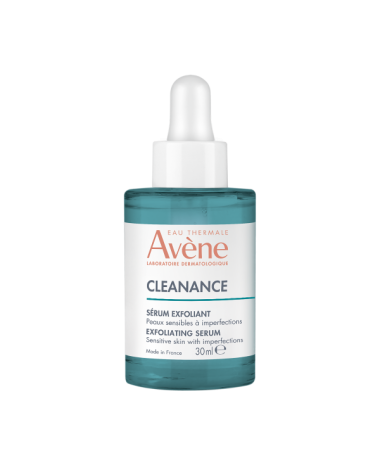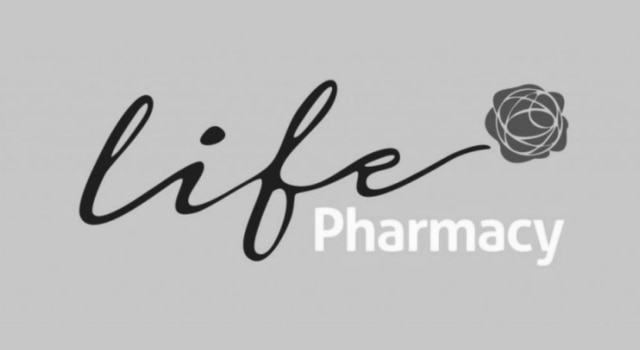• ANTI-BLEMISHES : reduces spots and blackheads
• ANTI-MARKS : reduces residual marks
• ANTI-ACNE: tested on adult acne-prone skin
The serum reduces excess sebum and gently exfoliates the skin to refine the skin texture and rebalance the skin¹. After ten days, pores are tightened and skin appears smoother and even¹.
The formula contains a patented acid duo of two key ingredients that act on the appearance of blemishes and marks. The combination of lactic acid and succinic acid is 1.5 times more effective than salicylic acid²:
• Lactic acid (A.H.A) 2.43%: Exfoliant and helps refine skin texture and reduce blemishes and residual marks.
• Succinic acid 3%: For pH adjustment and helps refine skin texture and reduce blemishes and residual marks.
Developed by our experts, Avène Cleanance A.H.A Exfoliating Serum has been scientifically formulated using a minimalist formula containing only 10 ingredients. Tested on sensitive skin, this fragrance-free product is suitable for use on the face, neck and neckline. The serum’s light, fresh, non-oily texture has been developed to enable rapid absorption without leaving a greasy or sticky film.
Benefits
• Rich in Avène Thermal Spring Water (79%) to soothe and soften the skin
• Suitable for use on sensitive skin
• Good skin tolerance^
• Very good makeup base
• Fragrance-free formula
• Free from silicone
• No ingredients of animal origin
• 99% natural origin ingredients
• Recyclable box & glass bottle
Frequency of use
1 to 2 times a day
Apply once or twice a day, morning and/or evening, to clean, dry skin on the face, neck and décolleté alone or before your skincare. Let it penetrate before applying your daily care. For best results, use after cleansing with the Avène Cleanance Cleansing Gel. Avoid contact with the eyes and limit sun exposure or use sun protection when using this product. If sensations of discomfort appear, allow more time between applications.
¹Consumer use test – 74 users, morning and evening application, from 10 days.
²Keratolytic evaluation of active ingredients by atomic force microscopy (AFM) on skin explants from 2 donors after treatments with the different acids



